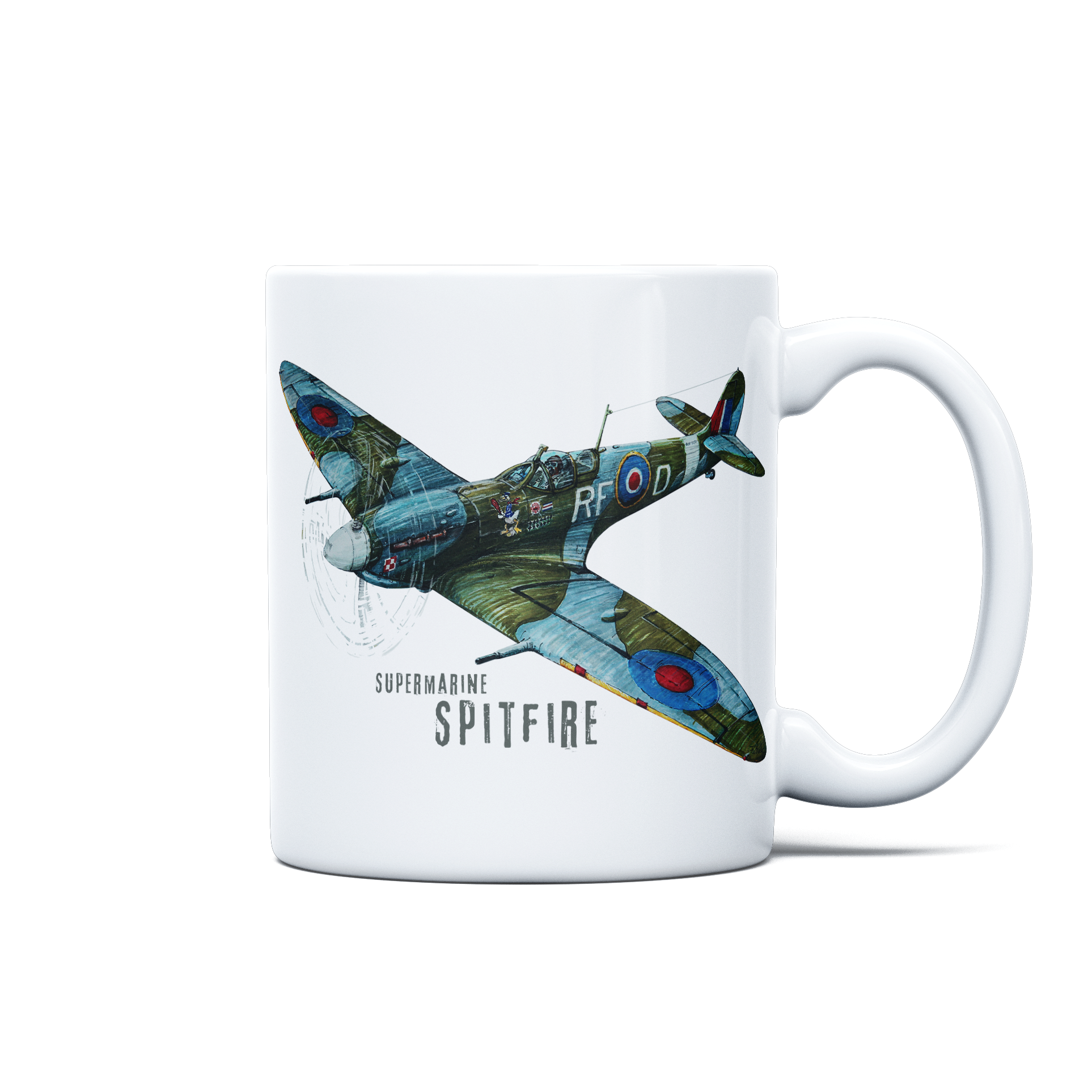PWS-26 — Poland’s Agile Interwar Biplane Trainer
The PWS-26 earned its place in aviation history as a nimble, robust advanced trainer that bridged the gap between basic flight instruction and frontline combat machines. First flying in 1935 and entering Polish Air Force service in 1937, this biplane combined classic agility with militarized features—training generations of pilots in aerobatics, bombing, and dive-techniques before the storm of 1939.
From Prototype to Frontline Trainer
Developed at the Podlaska Wytwórnia Samolotów under lead designer Augustyn Zdaniewski, the PWS-26 was a direct evolution of the earlier PWS-16bis. It retained the graceful staggered-wing silhouette while adopting strengthened struts, a streamlined undercarriage, and mounting points for a forward-firing machine gun and practice bombs. Production ramped up swiftly from 1936 through 1939, yielding roughly 310 examples—making it the second most numerous Polish aircraft of its era.
Design That Trained Tomorrow’s Aces
Under its long-chord NACA cowling, the PWS-26 housed a license-built 220 hp Wright J-5 Whirlwind engine, giving trainees responsive throttle control and reliable performance. The two-seat, open-cockpit layout placed instructor and pupil in tandem, with sturdy dual controls and clear sightlines for formation flying or dive-bombing practice. Canvas-covered landing-gear struts and pneumatic shock absorbers ensured smooth operations from grass fields, while the aircraft’s forgiving stall characteristics inspired confidence in budding pilots.
In Service and Into Conflict
Through the late 1930s, advanced training squadrons across Poland relied on the PWS-26 to sharpen skills in gunnery, aerobatics, and bomb-release techniques. When war broke out in September 1939, many found themselves pressed into improvised reconnaissance and liaison roles—some flying low-level sorties against advancing columns. A handful even escaped to neighboring Romania and Latvia, where the type served in training and light-attack duties into the early 1950s.
A Legacy Aloft
Though only one original airframe survives today—preserved at the Polish Aviation Museum in Kraków—the PWS-26 lives on through scale models, restorations, and pilot memoirs that celebrate its blend of simplicity and capability. Historians regard it as a fitting finale to Poland’s golden age of interwar biplane design, embodying both the elegance of vintage trainers and the rigor of frontline preparation.
Wear the Trainer’s Spirit: Exclusive T-Shirt Collection
Carry the spirit of the PWS-26 into your everyday adventures with our premium T-shirt line. Each design features original, hand-drawn illustrations highlighting the aircraft’s graceful biplane form and distinctive NACA-cowled engine. Printed on soft-feel, ringspun cotton, these tees let aviation enthusiasts, history buffs, and proud Poles showcase a piece of Poland’s aeronautical heritage—ondeck or off-duty.
Take flight with the PWS-26 collection—shop now and wear the legacy of training excellence!








